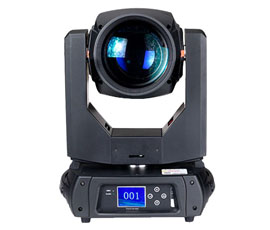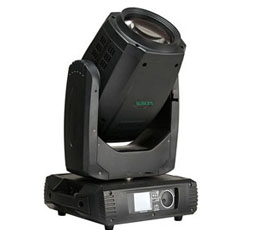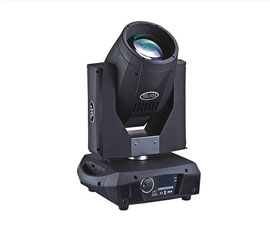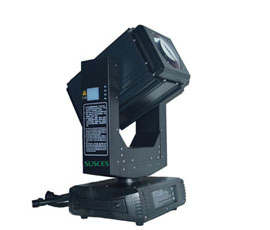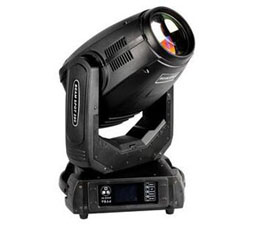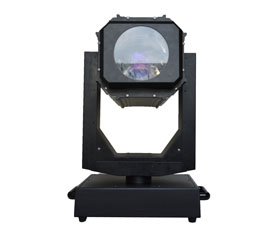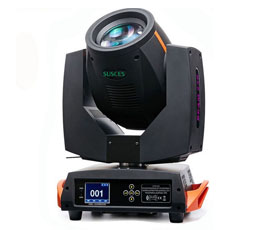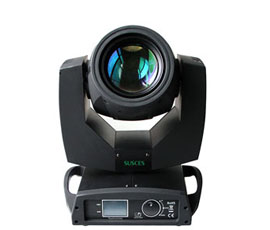
How to solve the problem of sound reinforcement
The question of feedback is the problem that the live sound reinforcement workers have to face, especially the return of the speaker system, plays a vital role in the success of the performance. The feedback is the result of the sound source being picked up by the microphone and then amplified by the sound reinforcement system (the sound from the speaker is picked up again by the microphone). How to get a bigger sound pressure level from the speakers without generating feedback is the focus of all engineers.
The occurrence of feedback depends mainly on the two conditions: the gain condition and the phase condition. Compare the sound source to the microphones sound signal and return the speaker to the microphones sound signal (the condition under this study is that the player uses a microphone for a return speaker) when both players meet both the gain condition and the phase condition When the feedback occurs.
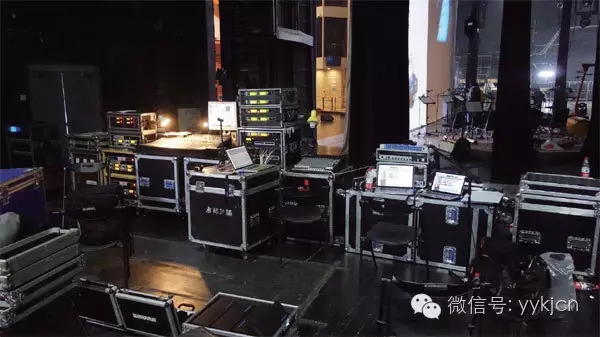
1 can get much feedback before gain
Regardless of the method used, it is impossible to avoid a basic principle: when the overall system gain (Unity Gain) is 1, the feedback begins to appear, which means that when the sound of the speaker reaches the microphone and the sound source reaches the sound of the microphone , The system began to feedback. It is assumed that the microphone is a transducer with the same sensitivity to any frequency in any direction, and the return system has the same amplification gain for the full band signal. In this case, as long as the return of the speaker to reach the microphone sound and sound source to reach the sound of the microphone can be equal, there will be full-band feedback.
In the actual return system, the microphone used has a pointing type, the sensitivity of different frequencies is different, and the return system for different bands of amplification gain is not the same. In this case, the overall gain of the system in which the first gain of the system reaches 1, or where the loudspeaker arrives at the microphone and the sound source arrives at which the sound of the microphone can reach the earliest and which frequency band begins to be answered.
At the same time, in considering the gain conditions on the basis of the need to consider two signals (in some frequency bands) between the phase relationship. The system begins to evaluate when they meet the gain conditions at the microphone and the phase difference is within ± 120 ° (taking the distance difference, the phase difference range is usually several cycles apart). The introduction of phase conditions complicates the problem of feedback, taking into account the phase interference problem of the two signals at the microphone, and the signal increase (or attenuation) generated by the interference is included in the overall amplification gain of the system: when the two signals are When the microphone is in the off state, the systems electrical gain is higher than the two signals, which means that you can get higher sound from the return speaker, which is part of the engineers used to return the output of the speaker to do the overall phase polarity back (Polarity) reasons.
2 how to deal with feedback problems
For the elements produced by the feedback, but also through two means to deal with it.
First, for the gain conditions generated by the feedback, we need to prevent the overall gain of the system in some bands to reach 1 prematurely, which can start from both the microphone and the return speaker.
(1) use a strong directional microphone as much as possible, and the directivity of different frequencies should be as similar as possible. In general, the directivity control of the microphone to the high frequency is better than that of the low frequency, and its directivity tends to increase from low frequency to high frequency. In practice, the microphone can be properly low-cut (High-Pass) processing, by attenuating low-frequency energy to compensate for the lack of directivity, and as far as possible to return to the speaker radiation axial direction of the weakest part of the microphone. In addition, engineers should also strive to establish a good communication with the actors to improve their habit of using the microphone to ensure that the microphone does not damage the directivity. This is mainly because some of the microphone is through the acoustic entrance to get the way point, holding the microphone head bad habits to block the acoustic entrance, and then damage the directivity.
(2) For the return speaker, as far as possible to make its output frequency response to a straight state, is to prevent some of the bands system gain prematurely to achieve the key. On this issue, the speaker divider is the most important. The return speaker usually uses a two-way design, and due to the characteristics of the crossover network itself, its tweeter and woofer are bound to simultaneously play back some of the same frequency, the interaction of the two signals in the listening area for the speaker in this The directivity of the frequency will have a complex impact. The physical spacing between the treble and the woofer is usually calibrated by a delay, and a flat frequency and phase response is obtained by tools such as polarity inversion, IIR equalizer, FIR equalizer, and all-pass filter.
This kind of debugging is based on the result of the audio measurement, and the measurement result is affected by the position of the test microphone. Therefore, when the test is carried out, it is considered that the test microphone should be placed in the position where the microphone is actually placed in the sound reinforcement work. As the speaker frequency is more complex, many factors will affect the speaker frequency and phase response, do not do in-depth discussion, only to extract the focus to illustrate.
After correct frequency division, the equalizer can be used to further correct the frequency response. This equilibrium correction comes from two aspects:
First, the overall frequency response to the speaker to do the amendment (usually as the speaker can not be adjusted when the frequency of the means);
Second, the input channel on the input signal attenuation balance processing to compensate for the live sound in the close-up pickup part of the energy is too prominent problem, this is another topic, do not repeat them here.
It should be noted that the phase response of the signal and the system is also changing when the input and output channels are processed using normal parametric equalization and graphical equalization. A balanced use may also alleviate (or exacerbate) the problem of gain and phase, which is audibly imperceptible.
In addition to reversing the polarity of the output signal of the loudspeaker, the phase of the frequency of the output of the loudspeaker is reversed, and the phase of some frequencies can also be reversed using an all-pass filter (SSL Live mixer) this function). Of course, there is little chance of using a full-pass filter in practice, and even so, you should learn to deal with feedback from a phased point of view.
When two signals of the same frequency and intensity are within ± 120 ° of the phase difference, the result of their interaction is increased, and two sound waves, which can be regarded as a certain frequency, are superimposed to some degree at the microphone, That is, when the position is reached, the propagation of the two acoustic waves is within ± 1/3 wavelengths. If you change from a phase perspective to a wavelength perspective, you will find new problems - as the temperature and humidity change, the sound velocity will change, and the frequency of the sound does not change, so the wavelength of the frequency will change, Temperature and humidity changes, resulting in feedback of the acoustic wavelength has not changed, but the frequency has changed. This is why it is important to have a new feedback frequency at the time of performance when the receiver is handed out in a balanced manner. The equalizer only acts on the frequency and does not act for the wavelength.
The implication of this phenomenon is that narrowband equalization notch and all-pass filter have limitations in feedback processing. When performing feedback equalization corrections using graphical equalization, appropriate "excessive" processing should be done to increase the frequency range affected by the equalizer to avoid new feedback frequencies for temperature and humidity variations. Of course, this excess is also a compromise, it will return to the sound quality will have a great impact.
Finally, it should be noted that the volume of the return speaker will eventually be able to open up, in the final analysis, or depends on the actors singing and playing volume, playing and singing the greater the volume, the overall system gain before the arrival of the speaker can send the volume Big. The so-called "wool out of the body".
